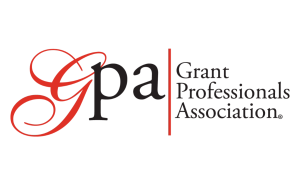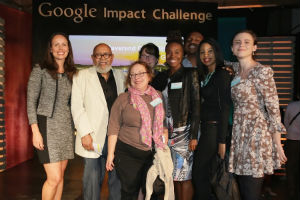The sobering reality is that sometimes the sky really does fall. The challenges of everyday life in a nonprofit have little in common with the profound life-altering crisis of the current pandemic. “This one’s going to test us all to our limit,” said Barbara Floersch, chief of training and curriculum of The Grantsmanship Center in Los Angeles, Calif. “Doing our best, whatever that may be in this new framework, is all we can do. An important part of that is preparing now so we will come out intact on the other side.”
While stuck at home, Floersch suggests focusing on tasks that will hold the organization together in the short term and that will lay the groundwork for a come-back when the coast is clear. “This is a game of contingencies and work-arounds,” said Floersch. “We’ve got to reach deep, get tough, and prepare to rebuild.”
- Administrators can hammer out a plan of action. Bring people together online or on phone conferences to assess the damage, explore the needs of constituents, and brainstorm short-term and longer-term solutions. At a minimum the plan should address service provision, finances, staffing, logistics, and communications.
- Grants professionals can ensure that existing proposal submission deadlines are met and serve as the point person for accessing emergency funding through federal, state, and local governments, and through private foundations.
As foundations continue to roll out COVID-19 related support for nonprofits, you’ll need to check information daily to find available funding opportunities. Google searches can be helpful and Candid has established a COVID-19 funding webpage.
If stay-at-home orders have disrupted services, the grants office can manage communications with funders to negotiate extended program delivery time frames or reporting deadlines.
- Board members can contribute to the plan for rebuilding services and reach out to high-level contacts to update them on the status of the organization and its contingency plans.
- Staff members can make calls to beneficiaries to check on their welfare and connect them to other available services if needed.
“We’ve got to find the strength to move forward,” said Floersch. “We don’t know how long this will last, but our job is to keep assisting our communities as best we can now, and to prepare to rebuild.” © Copyright 2020 The Grantsmanship Center.











